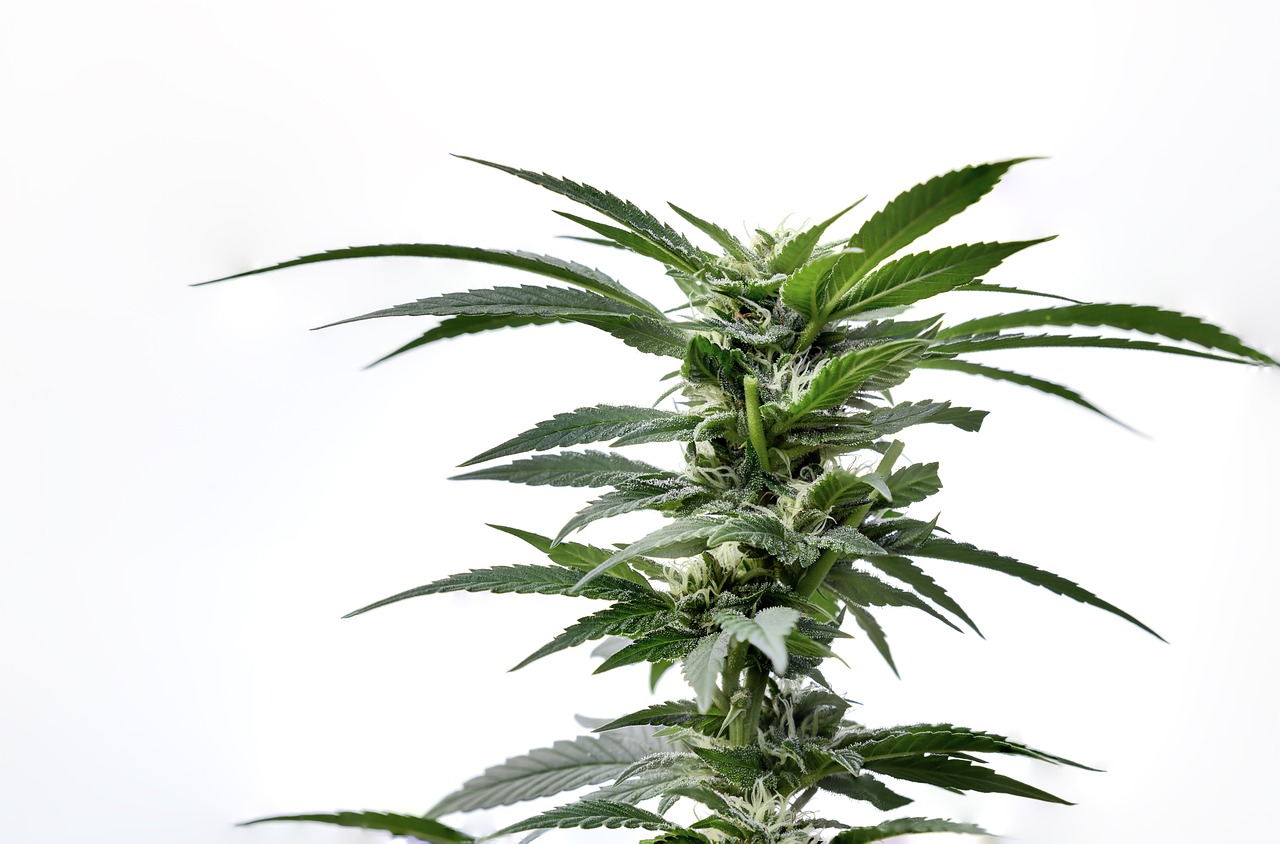Utilizing marijuana for chronic pain involves understanding various treatment methods and pain management practices that cater to the unique needs of individuals seeking natural pain relief alternatives.
Some individuals find relief from chronic pain by consuming marijuana-infused edibles, while others may prefer using topical creams for localized pain management. Inhaling cannabis through vaporization or smoking is another common method for managing chronic pain symptoms. Different strains of marijuana, such as indica or sativa, offer varying effects that can target specific types of pain. In conjunction with using marijuana, some individuals also incorporate techniques like yoga, meditation, or acupuncture to enhance the overall pain management process.
What are the Different Methods of Consuming Marijuana?
Individuals can consume marijuana through various methods such as smoking, vaping, edibles, and topicals, each offering distinct pain management options for those seeking personalized relief strategies.
- Smoking is one of the most traditional ways of consuming marijuana and provides rapid onset relief for individuals experiencing acute pain.
- On the other hand, vaping offers a smoke-free alternative, making it more discreet and convenient for users.
- Edibles, like infused cookies or gummies, provide a longer-lasting effect, ideal for individuals dealing with chronic pain conditions.
- Topicals, such as creams and ointments, are popular for localized pain relief, targeting specific areas without the psychoactive effects commonly associated with other consumption methods.
What is the Recommended Dosage for Marijuana for Chronic Pain?
Determining the appropriate dosage of marijuana for chronic pain involves considering individual tolerance levels, pain management techniques, and the need for personalized approaches to ensure optimal therapeutic benefits.
Tailored dosing strategies in chronic pain management play a crucial role in addressing the unique needs of each individual patient. Factors such as the severity of pain, prior experience with cannabis products, metabolism rates, and potential interactions with other medications must all be taken into account when determining the most effective dosage. By implementing a personalized approach, healthcare providers can more effectively alleviate pain and improve the quality of life for those suffering from chronic pain conditions.

